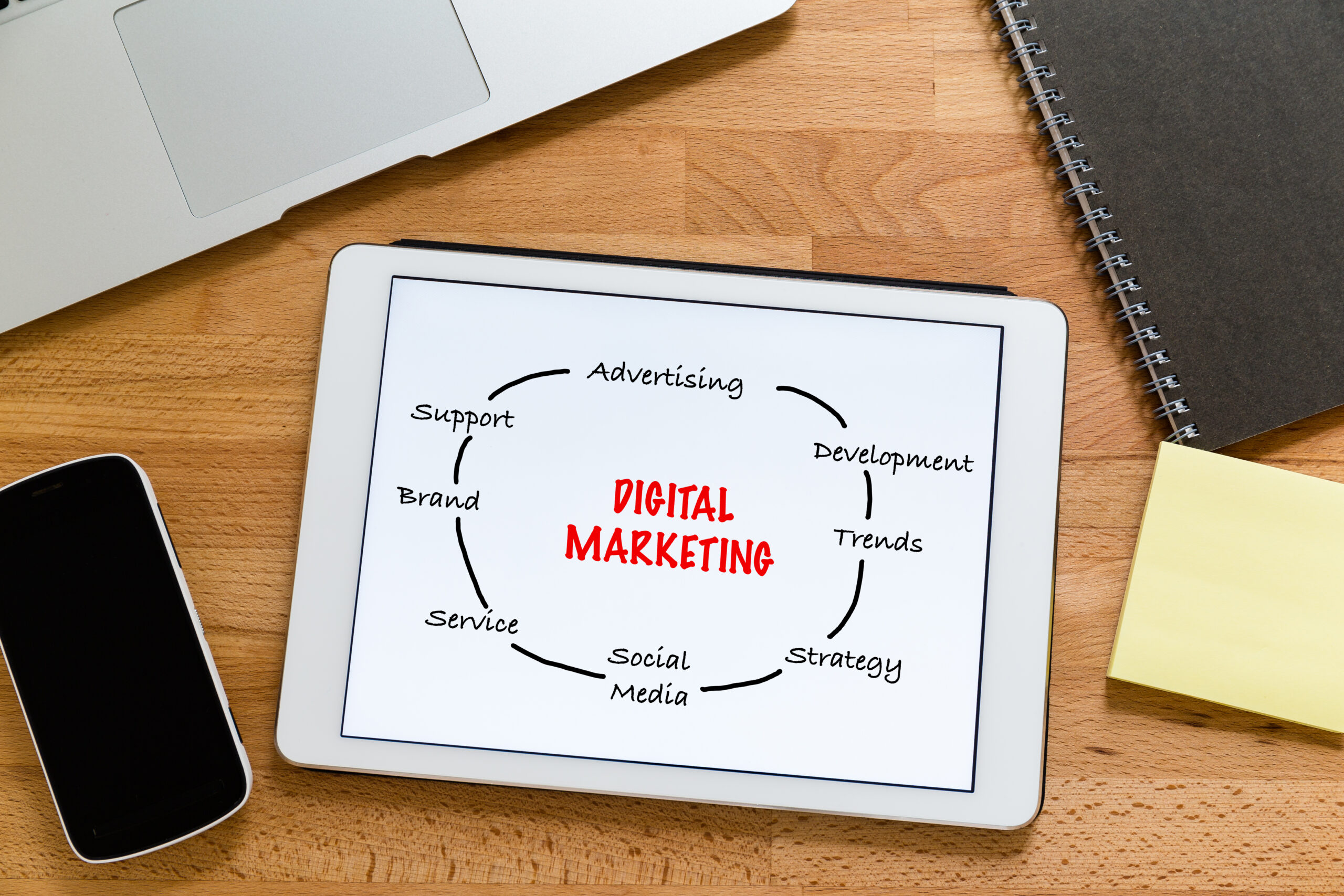Digital transformation continues to be a key topic for businesses in all industries. An increasing number of organizations are using digital transformation to modernize their operations and prepare for the future. This can involve the implementation of new technologies, business processes, or even organizational structures.
There are numerous benefits from digital transformation, including improved efficiency, resiliency, and customer experiences. However, as with any major change initiative, it’s not easy to implement a successful digital transformation in your organization. You need to first understand where you currently stand and what changes you need to make (or adopt) to improve your organization. Then you need a plan on how to achieve those objectives while mitigating risk along the way.

Why Is Digital Transformation So Important?
Digital transformation is a key component of organizational transformation. Organizations of all types and sizes are seeing the benefits of transformation. There are many ways that businesses can benefit from transformation. First, transformation can help you to remain competitive in your industry. It can also help you to improve your efficiencies by leveraging new technologies. Finally, it can reduce costs.
Some of the most significant benefits of digital transformation include:
Improved customer experience – Transformation can improve the customer experience by integrating digital channels with back-end systems. This allows customers to receive personalized, consistent experiences across all channels.
Improved efficiency – In many industries, the demand for services is growing. It’s common for organizations to see double-digit growth in the number of transactions performed. To keep up with this demand, businesses need to find ways to make their operations more efficient. Transformation provides an opportunity to do just that.
Resiliency – Businesses need to be resilient to compete in today’s economy. Transformation can help businesses become more resilient by adopting new technologies that can withstand outages and other disruptions.
Identifying Objectives for Your Digital Transformation
The first step in fast tracking your digital transformation is to clearly define your objectives. Before you can adopt new technologies and processes, you need to know what you’re hoping to accomplish. This will help you to identify the areas where you need to make changes and determine exactly how you want to improve.
Once you’ve clarified your objectives, you can begin to identify the key drivers behind those objectives. These drivers will help you to prioritize your transformation initiatives. There are several ways to go about identifying your objectives. Some common methodologies include:
SWOT analysis – This is a common approach that involves assessing the strengths, weaknesses, opportunities, and threats facing your organization. You can use this information to help you identify your objectives.
Gap analysis – This is a more structured approach that involves creating a series of “before” and “after” scenarios. By comparing the current state of your organization (“before”) to the future state you want it to achieve (“after”), you can identify the gaps in between.
Transformation project road mapping – This is a more formal process that involves mapping out a detailed plan. A transformation project roadmap can help you to visualize the key milestones and dependencies associated with your transformation, as well as any risks associated with the initiative.

Determining What You Need to Change
Once you’ve identified your objectives, it’s time to start determining what you need to change in your organization. This involves mapping the current state of your business and the operations. This will help you to identify where and how you can improve.
There are typically four areas that organizations look to transform during a digital transformation:
Technology – You can use digital transformation to modernize your technology infrastructure. This might include investing in emerging technologies like AI/ML, blockchain, or software-as-a-service (SaaS) solutions.
Business processes – Transformation can also help you to change how your organization is structured, including how you deliver products and services.
Culture – This can include the attitudes, behaviours, and mindsets of your employees. It also involves how your organization operates and the roles of key stakeholders.
Organization structure – This involves how your employees are organized and how they interact with one another. It can also include the reporting structure.
Choosing the Right Technologies for your Digital Transformation
Once you’ve determined what you need to change in your organization, it’s time to select the right technologies to support your digital transformation. This includes determining which existing technologies you should keep and which ones you should replace. You can use a number of factors to help you make this decision, including:
Cost – This includes both the start-up and ongoing costs associated with a given technology.
Risk – This includes both the likelihood of success and potential impact of failure.
Effectiveness – This refers to the amount of time it will take to implement a given technology and how well it will support your business objectives.
Fit – This refers to how well a given technology aligns with the culture of your organization. In addition to these criteria, you also need to understand how each technology works and what it requires from your organization. This will help you to understand how each technology will fit into your organization and how it will support your transformation.

Conclusion
Digital transformation is a significant change initiative that can transform your entire business. It involves adopting new technologies and business processes to support a more digital-first approach. It can also help you to reduce costs and prepare for the future.
There are numerous benefits from digital transformation, including improved efficiency, resiliency, and customer experiences. Before you can adopt new technologies and business processes, you need to first understand where you currently stand. Once you’ve identified your objectives, you can begin to determine what you need to change, and then you can select the right technologies for your digital transformation.
Here at Advesa, we are ready to help you with any questions about your Digital Transformation! We have a team of industry experts that want to see you succeed. Stepping up innovation through digital transformation has become a top priority for top leading companies in this ever-changing digital age. Contact us today!




